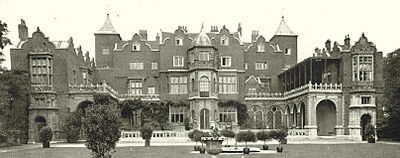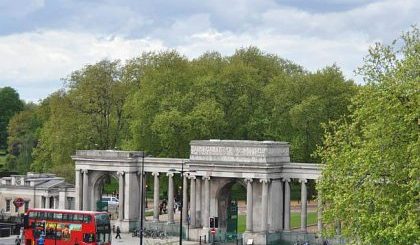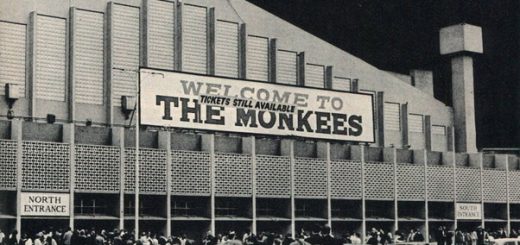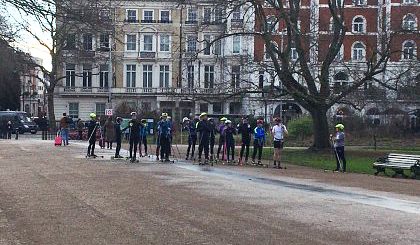Princess Letizia Bonaparte and Hyde Park
I think it’s time to introduce Princess Letizia Bonaparte (1804 – 1871). Letzy doesn’t immediately seem the sort of person who might have a connexion with Hyde Park, but bear with me. She was the daughter of Lucien Bonaparte, a younger brother of Napoleon Bonaparte. Her father had the same sort of attitude to marriage and fidelity as the rest of the Bonaparte clan, and had fathered Letzy’s elder brother with his second wife Madame Jouberthon five months before they were married. The children all seem to be cut from the same cloth.
Letzy married Tom Wyse (1791-1862) – later Sir Thomas Wyse KCB in 1821 in Rome. She was thirteen years younger than him, and only sixteen years old when the wedding took place. It was not a success. Tom Wyse was Anglo-Irish, Catholic, and wealthy. The family had got their land during the reign of Henry II in the C12th. Tom went on to become an M.P. between 1830 and 1847.
The marriage did not last. After an especially violent fight in 1824 (so fierce that their carriage rocked on its springs), she fled to a convent and asked for a separation. They got a papal order of seclusion in the convent – essentially a restraining order. After eight months, when Tom Wyse threatened to leave Italy without her, she agreed to travel to Ireland with him. In August 1825 the family returned to Waterford, but by 1828 according to ‘ The Times ‘, it had become a ‘matter of notoriety’ that their ‘happiness had not been uniform or uninterrupted’.
Hearing in early February 1828 that his wife had ‘received an invitation from Lady Holland to spend some time with her in London’, Tom advised Lord Holland, ‘She has left this country and her family in defiance of my express prohibition and consequently I cannot consider myself responsible for her future conduct or pecuniary engagements’. By London they of course meant staying at Holland House in Holland Park.

However the arguments continued and in May 1828, they agreed to a separation. Shortly afterwards Letizia threw herself in a suicide attempt into the Serpentine and was rescued by Captain Studholme John Hodgson (1805–1890), a British Army officer who became her lover.
At this point one can only speculate, but the only logical place to throw oneself into the Serpentine is from the bridge. Frankly anywhere else is a wade-in, or a swim. The bridge was newly-built in the 1820’s, and perfectly placed for Letzy to get from Holland House either along the southern route via Kensington, or the northern route via Notting Hill Gate.
In addition to the two sons, Napoleon Alfred Bonaparte-Wyse (1822–1895) and William Charles Bonaparte-Wyse (1826–1892) she had with Tom Wyse, Princess Letizia Bonaparte had three children with Captain Hodgson: the writer Marie Laetitia Bonaparte-Wyse (1831–1902, called secretly Studholmina-Maria) who was known as Princess Marie de Solms in her first marriage; Adeline (1838–1899), who married in 1861 the Hungarian general István Türr; and the explorer Lucien Napoléon Bonaparte-Wyse (1845–1909). All their children used the surname Bonaparte-Wyse rather than Hodgson, but if you could, you probably would.
And that, ladies and gentlemen is why Princess Letizia Bonaparte is connected with Hyde Park, and something to remember when you are driving over the bridge.




